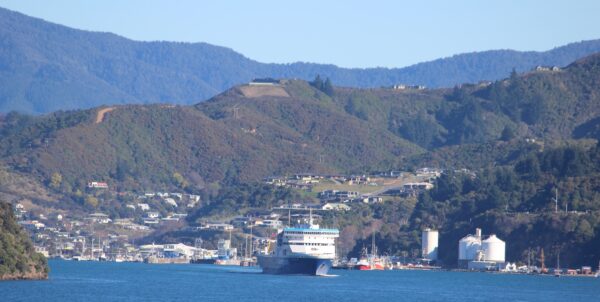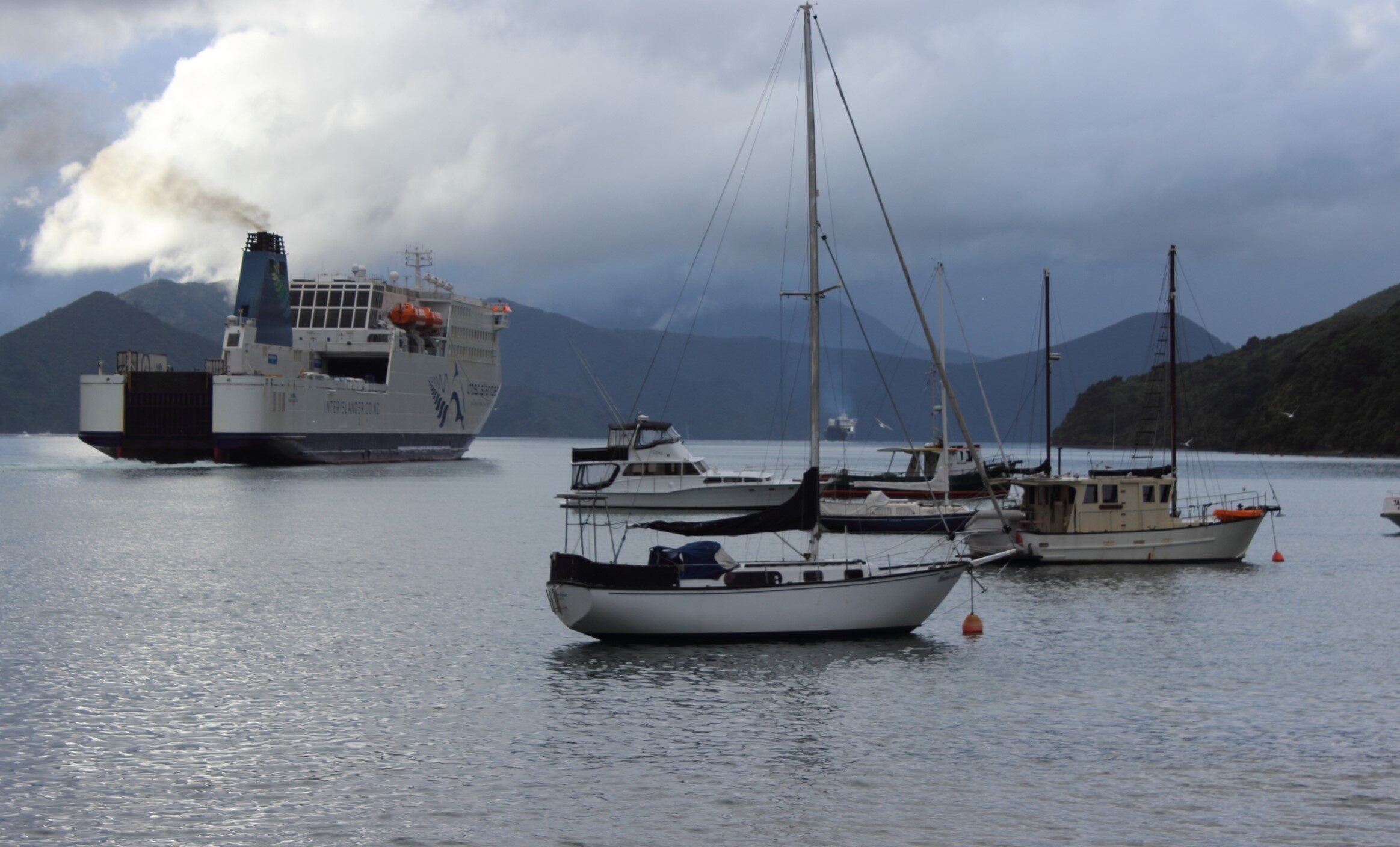The 183.69-metre long Aratere is to retire this year ahead of planned re-development at Picton to accommodate the arrival of two new, larger ferries in 2029, KiwiRail Chief Executive Peter Reidy says.
“We have been advised that work on demolishing the Aratere’s decaying wharf in Picton could begin later this year or early next year,” he says.
The Interislander (KiwiRail’s road and ferry service operator) says that work at Picton is due to start between October and March 2026.
New ferry bookings after September 9 are on hold until May 19 when bookings will be transferred to the other two Cook Strait ferries.
Reidy says the Aratere requires specific loading and unloading infrastructure that made it unfit for the other wharf in Picton; the ferry is the only rail-enabled one in the Interislander fleet with the other ferries using road bridging to carry rail freight.
A temporary berth for the Aratere was deemed too costly and likely to delay new construction work so the current berth will be demolished in favour of a double-lane linkspan (a drawbridge for roll-on roll-off vessels).
The decision means jobs will go with voluntary redundancies to be offered, KiwiRail and the NZ government confirmed.
Reidy confirmed they will discuss how to manage a four-year transition period such as a maintenance program for two ferries until new, larger, rail-enabled ferries arrive.
Aratere is due to leave Wellington in late June to go to dry dock in Singapore via a stopover at Gladstone, Qld, but that plan is now under review, Reidy says.
Although the ferry is Interislander’s only rail-enabled ferry, KiwiRail can carry rail freight on its other vessels, Kaitaki and Kaiarahi, using road bridging.
“Until the new ships arrive, we will continue to move rail freight using road-bridging but we will invest to super-charge this operation to ensure that all rail freight will be serviced at the levels our rail freight customers need and expect,” Reidy says.
They are already drawing up plans for a two-ship road-bridged ferry service, he added.

GOVT REACTION
NZ Rail Minister Winston Peters says the decision is about the next 60 years of rail services across the Cook Strait.
“We will not waste one tax dollar on shuffling infrastructure to keep the vessel in service for the sake of it or add any infrastructure risk to our objective of completion in 2029. That would have cost $120 million,” he says.
“Building marine infrastructure while ferries are berthing there can’t be done.”
“Goods will still get from A to B by shifting freight on to the Kaitaki and Kaiarahi, making use of coastal shipping for some heavy freight such as grain, and adapting their rail and ferry schedules.”
According to KiwiRail, the three-ferry Interislander fleet carried more than 620,000 passengers, 230,000 cars, 73,000 commercial vehicles and rail freight annually across the strait.






